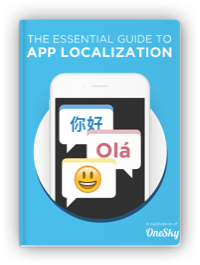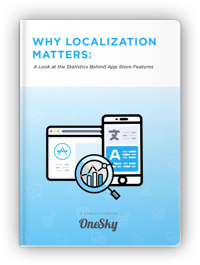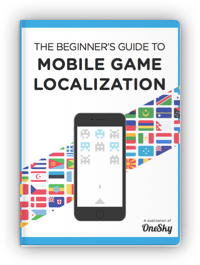Beyond Machine Translation: How Agentic AI Redefines Localization
Artificial Intelligence is moving at breakneck speed, reshaping industries and transforming the way we work and communicate. Yet, as impressive as AI advancements have been in recent years, an even bigger shift is on the horizon: Agentic AI.
Think of AI that doesn’t just respond to your queries, but actively learns from context, and works independently to solve multi-step problems. It’s so compelling (and powerful), that according to Deloitte, investors have already poured over $2 billion into agentic AI startups in the past two years.
So, how can companies, especially those interested in translation, take advantage of this “next frontier of artificial intelligence?” In this blog, we’ll explore 3 ways Agentic AI will change localization: authentic cultural adaptation, end-to-end localization automation, and continuous improvement via feedback loops.
Armed with this knowledge, you can act fast and position your company as a thought leader in an era where Agentic AI could be included in 33% of enterprise software applications by 2028 — up from just 1% today.
In total, whether you’re a startup or established enterprise, you’ll need to have an Agentic AI strategy. This article is here to help.
1. Cultural Adaptation: AI That Goes Beyond Translation
Agentic AI doesn’t settle for word-for-word translations. Instead, Agentic AI is different because it “understands” the cultural context behind the language.
- True cultural resonance:
- According to CSA research, approximately 75% of internet users prefer buying products in their own language. This highlights why it’s so crucial not just to translate, but to do so in a way that captures local idioms and cultural references. Agentic AI can reference its growing network of knowledge—and your internal style guides—to pick out the right phrase that mirrors local sentiment.
- According to CSA research, approximately 75% of internet users prefer buying products in their own language. This highlights why it’s so crucial not just to translate, but to do so in a way that captures local idioms and cultural references. Agentic AI can reference its growing network of knowledge—and your internal style guides—to pick out the right phrase that mirrors local sentiment.
- Localized marketing content:
- Picture an e-commerce site with a holiday promotion. It’s not enough to simply rename the holiday. The campaign’s language should capture the excitement, traditions, and familial warmth of that local celebration. Agentic AI can do this.
- Hyper-personalization:
- Each time the AI is used—whether it’s to interpret marketing slogans or translate user-generated content—it draws on user feedback, refining its linguistic models for each region. This is what sets it apart from static translation engines, which often don’t adapt as quickly to evolving local jargon.
- In fact, Andrew NG, a pioneer in the AI space, believes agentic machine translation has “huge potential for improving over traditional neural machine translation,” though limited testing shows it can occasionally underperform commercial providers. Despite these early variances, the hyper personalization and cultural adaptability of Agentic AI gives it a significant advance that will only increase over time.
2. End-to-End Localization Automation
Agentic AI’s autonomous capabilities extend beyond language understanding. As noted futurist Bernard Marr has said, we’re entering the third wave of AI—Agentic AI—where AI systems can autonomously execute tasks and interact with other AI agents.
When applied to localization, these AI agents coordinate to detect any changes in your code or content, automatically translate them, and push the finalized copy through your publishing pipelines without requiring multiple rounds of human intervention.
- Seamless integration:
- One of the biggest hurdles enterprises face is ensuring that new or updated text across websites or apps is instantly recognized and translated. Agentic AI spots content changes the moment they are introduced in your repository—whether in staging or production—and updates each translation asset promptly. This eliminates bottlenecks and redundant manual checks
- Scalable solutions for global expansion:
- According to KBV Research, the global machine translation market is projected to reach $5.8 billion by 2030. A portion of that growth will come from advanced systems like Agentic AI. These systems don’t just handle larger volumes; they also maintain or even improve translation quality through every iteration.
- Reduced operational cost:
- By automating the repetitive, labor-intensive parts of the workflow, Agentic AI frees your human team for more strategic tasks. They can focus on creative writing, brand messaging, or specialized industry nuances, while the AI manages the bulk of the translation pipeline
3. Constant Improvement
Traditional machine translation systems often require periodic re-training sessions to improve. Agentic AI, however, thrives on continuous feedback loops that allow it to learn and refine itself as it goes.
- Adaptive and self-improving:
- Over time, your agentic AI solution will assimilate corrections from editors, responses from end users, and even signals from user behavior (e.g., how customers engage with localized content). This ongoing feedback ensures that the system becomes more accurate, nuanced, and culturally aware with each interaction.
- Domain-specific expertise:
- For industries like gaming, healthcare, or legal services, language barriers aren’t just about word choice; they also involve compliance standards and subject-matter expertise. In gaming, for example, Agentic AI is already being piloted. Over time, the AI learns from user feedback and regulatory updates, effectively building a specialized glossary that can capture the complexities of each domain.
Opposing views about Agentic AI
1. Isn’t Agentic AI a long way off?
At first glance, Agentic AI might sound futuristic, but it’s already in the testing phases across industries like gaming, logistics, and even healthcare. For example, JP Morgan Chase is already testing a program to use Agentic AI in banking operations and it’s saving the company 360,000 hours of manual review.
2. Won’t we always need human intervention?
Absolutely—human oversight and creativity are indispensable, particularly for brand-centric messaging, legal verifications, and culturally sensitive content. But the Harvard Business Review suggests that in knowledge work specifically, AI agents can be created for tasks like information retrieval, workflow generation, and employee assistance — sometimes even orchestrating the work of other agents behind the scenes, just as human managers do.
Moreover, these intelligent assistants will handle administrative duties and project setup, freeing people to focus on “higher-level functions” such as creative thinking, relationship-building, and fostering trust in business development. Therefore, humans remain in the loop to provide final reviews, handle cultural references, and guide the AI when subtle, highly localized details matter most.
Conclusion
We stand at a pivotal moment: machine translation has propelled businesses into global markets, but it’s hitting its ceiling when it comes to real-time cultural relevance, deep integration, and continuous refinement.
Agentic AI redefines localization by combining three critical elements:
- Genuine Cultural Adaptation
- End-to-End Automation
- Constant Improvement
Now is the perfect time to explore early use cases. Consider setting up a company task force to evaluate where Agentic AI can deliver the most value—perhaps in smaller pilot programs like campaign reporting or small product lines, then scaling as your team masters the workflow.
After all, with Agentic AI poised to handle at least 15% of day-to-day decisions by 2025, this technology is no longer a sci-fi fantasy, but a soon-to-be business reality.
Don’t miss out the opportunity!
Now, if you’re the type of person who wants to stay one step ahead, OneSky can help you prepare for the future of localization. Upcoming OneSky product releases using Agentic AI will help you craft translations that resonate with local audiences and ones that continuously improve due to feedback loops.
Be among the first to leverage OneSky’s Agentic AI solutions for fast, culturally-smart, enterprise-ready localization. The future of AI-driven translation is here—make sure you’re leading the charge, not playing catch-up.


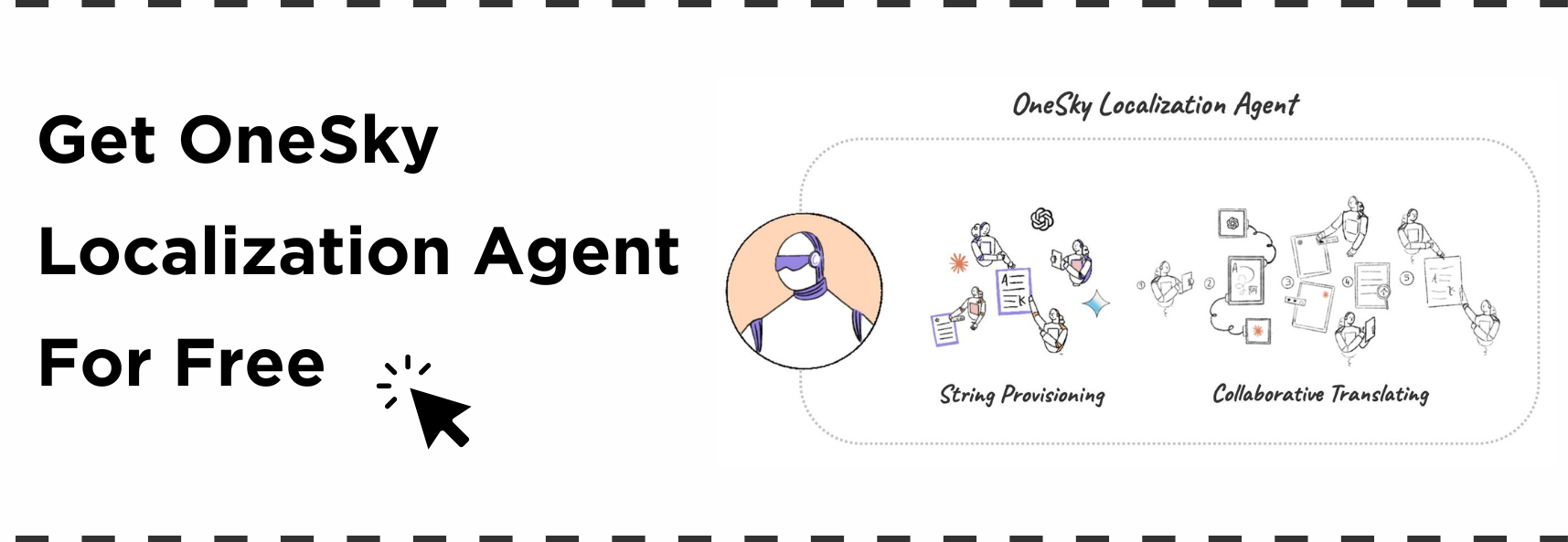
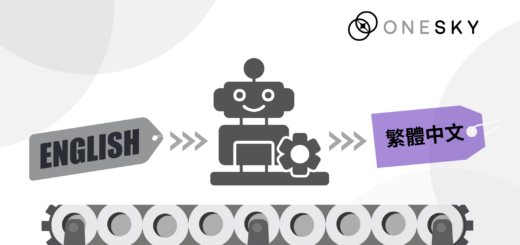
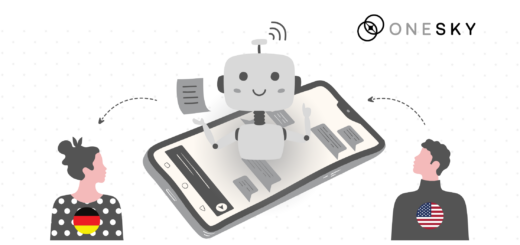

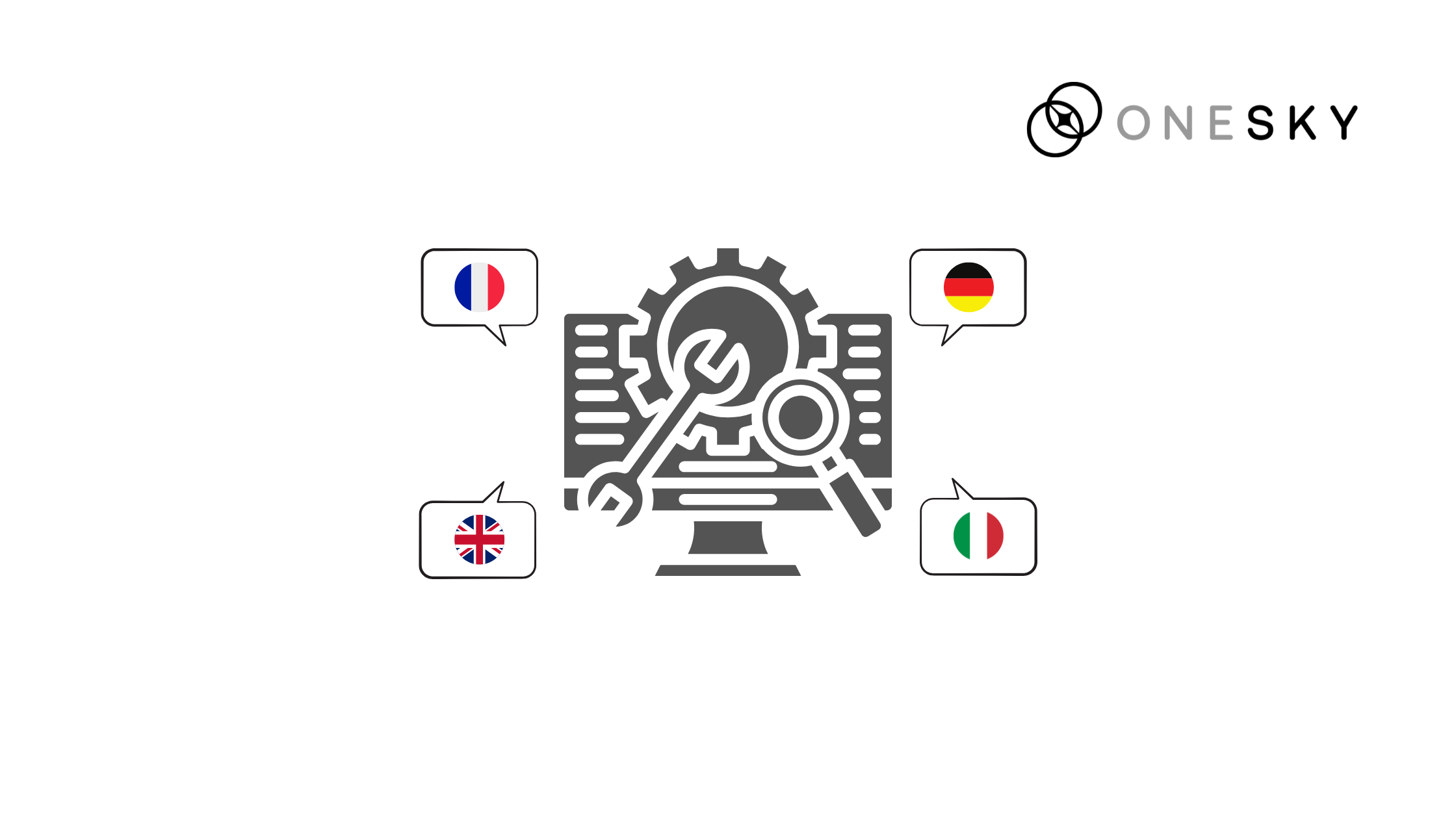
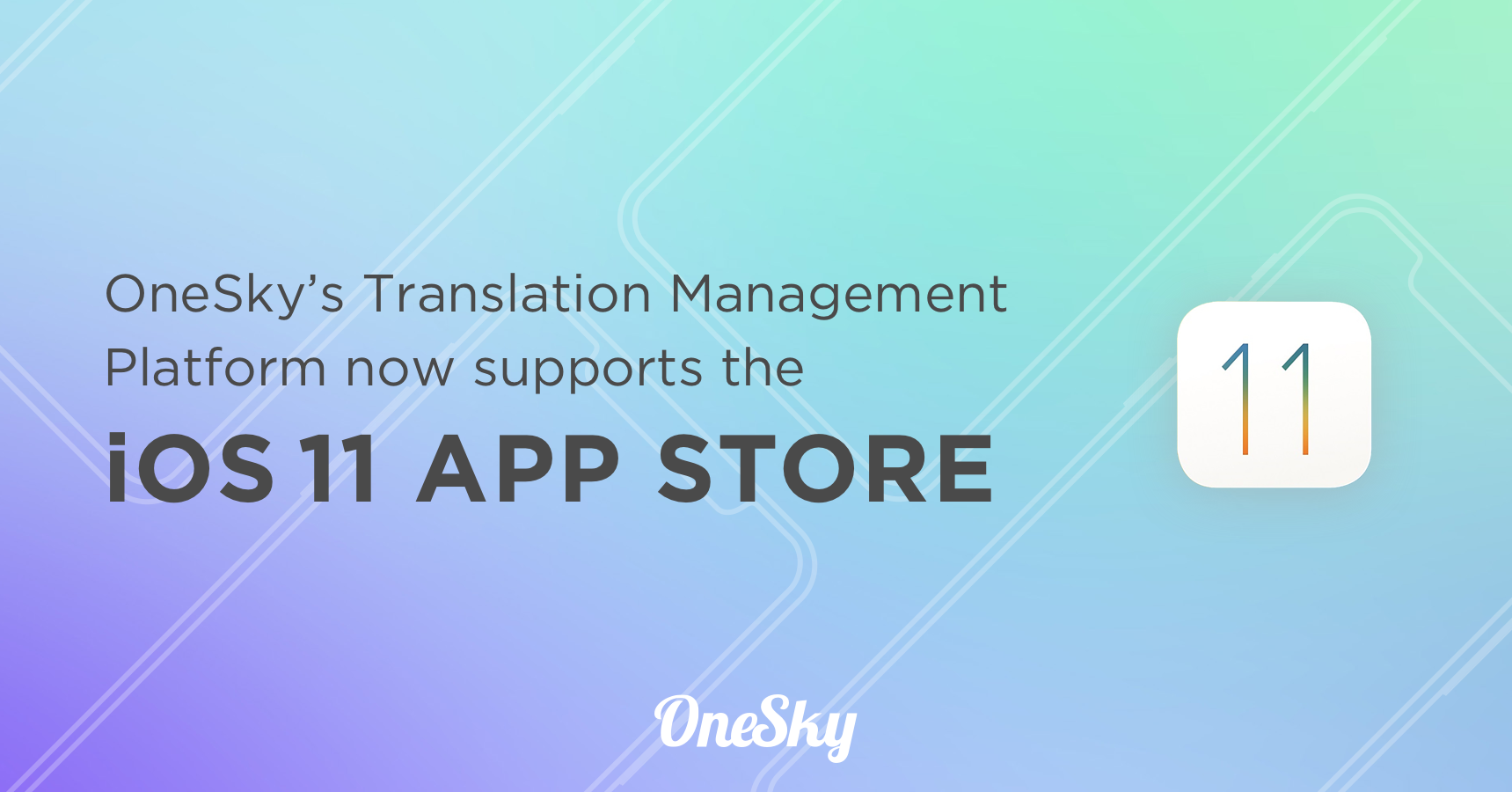
 Written by
Written by 
